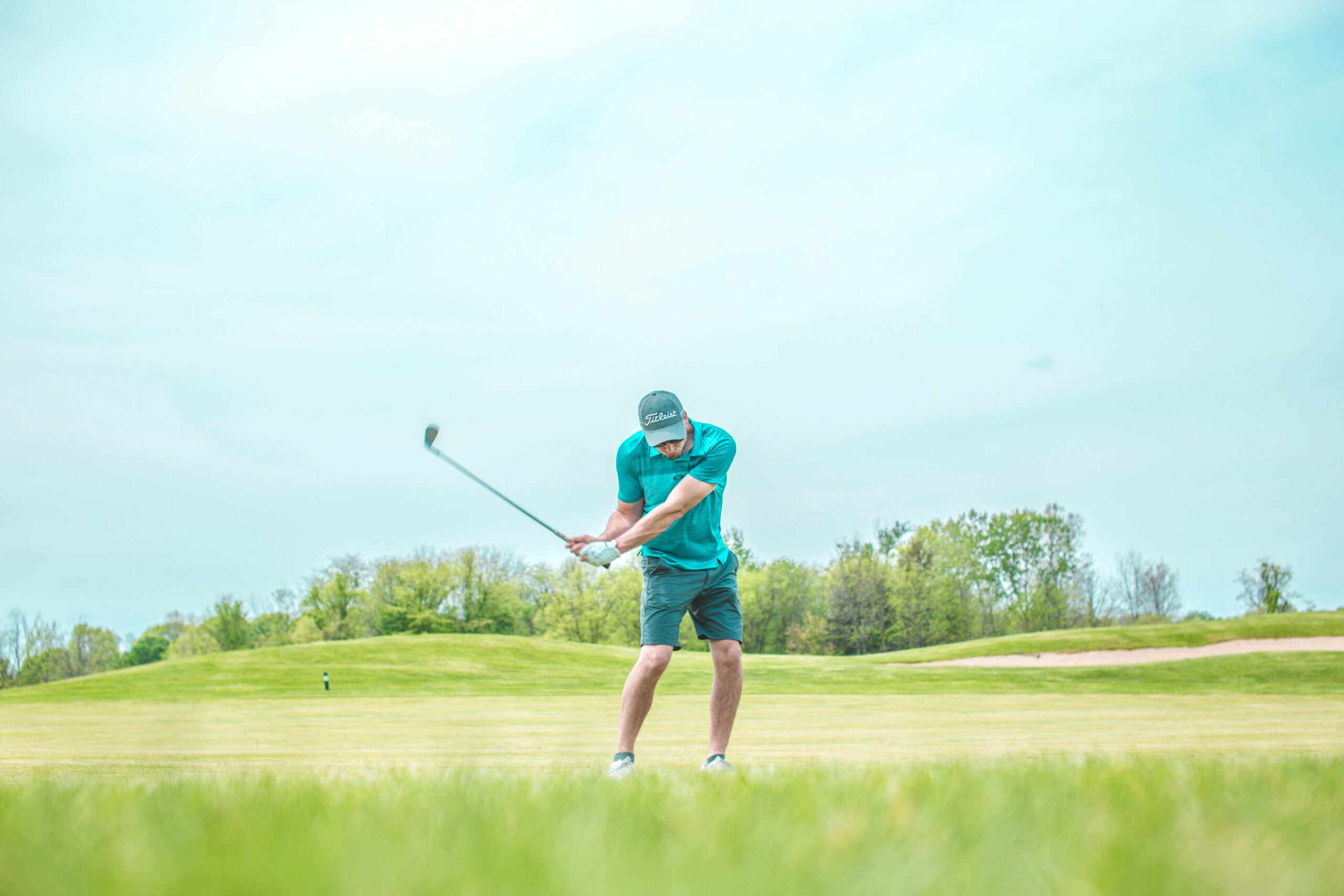
Golfers Elbow vs Tennis Elbow
Tennis elbow and golfer’s elbow are two common injuries that can cause pain and discomfort in the elbow and forearm. Both golfers and tennis elbow are similar, however, the pain associated with tennis elbow vs. golfers elbow is different.
Primarily, golfers elbow is felt on the inside of the elbow, whereas tennis elbow manifests on the outside of the elbow. Both golfers elbow and tennis elbow have similar treatments and causes such as repetitive use trauma.
What is Tennis Elbow?
Tennis elbow, also known as lateral epicondylitis, is a condition that causes pain and inflammation in the tendons that attach to the lateral epicondyle, the bony bump on the outside of the elbow. These tendons are responsible for extending the wrist and fingers, and when they become overused or strained, it can lead to tennis elbow.
Causes of Tennis Elbow
Despite its name, tennis elbow is not just limited to tennis players. It can occur in anyone who repeatedly uses their wrist and forearm muscles, such as painters, plumbers, and carpenters. The repetitive motions and gripping involved in these activities can cause small tears in the tendons, leading to inflammation and pain.
Symptoms of Tennis Elbow
The most common symptom of tennis elbow is pain and tenderness on the outside of the elbow. This pain may radiate down the forearm and worsen with activities that involve gripping or lifting. Other symptoms may include stiffness in the elbow, weakness in the forearm, and difficulty gripping objects.
What is Golfer’s Elbow?
Golfer’s elbow, also known as medial epicondylitis, is a condition that causes pain and inflammation in the tendons that attach to the medial epicondyle, the bony bump on the inside of the elbow. These tendons are responsible for flexing the wrist and fingers, and when they become overused or strained, it can lead to golfer’s elbow.
Causes of Golfer’s Elbow
Similar to tennis elbow, golfer’s elbow is not limited to golfers. It can occur in anyone who repeatedly uses their wrist and forearm muscles, such as baseball players, bowlers, and weightlifters. The repetitive motions and gripping involved in these activities can cause small tears in the tendons, leading to inflammation and pain.
Symptoms of Golfer’s Elbow
The most common symptom of golfer’s elbow is pain and tenderness on the inside of the elbow. This pain may radiate down the forearm and worsen with activities that involve flexing the wrist or fingers. Other symptoms may include stiffness in the elbow, weakness in the forearm, and difficulty gripping objects.
How Are Tennis Elbow and Golfer’s Elbow Diagnosed?
Both tennis elbow and golfer’s elbow can be diagnosed through a physical examination and a review of the patient’s medical history. The doctor may also order imaging tests, such as an X-ray or MRI, to rule out other conditions and confirm the diagnosis.
Treatment Options for Tennis Elbow and Golfer’s Elbow
Rest and Ice
The first line of treatment for both tennis elbow and golfer’s elbow is rest and ice. This allows the inflamed tendons to heal and reduces pain and swelling. It is recommended to rest the affected arm and avoid activities that aggravate the condition. Applying ice to the affected area for 15-20 minutes several times a day can also help reduce pain and inflammation.
Physical Therapy
Physical therapy is often recommended for both tennis elbow and golfer’s elbow. A physical therapist can teach exercises to stretch and strengthen the affected muscles and tendons, as well as techniques to improve posture and reduce strain on the elbow.
Medications
Over-the-counter pain relievers, such as ibuprofen or acetaminophen, can help reduce pain and inflammation associated with tennis elbow and golfer’s elbow. In some cases, a doctor may prescribe a stronger medication or a corticosteroid injection to reduce inflammation and pain.
Braces and Straps
Wearing a brace or strap around the affected area can help reduce strain on the tendons and provide support during activities. These devices can also help alleviate pain and promote healing.
Surgery
In rare cases, surgery may be recommended for severe or chronic cases of tennis elbow or golfer’s elbow. The procedure involves removing damaged tissue and repairing any tears in the tendons.
Prevention Tips for Tennis Elbow and Golfer’s Elbow
While it may not be possible to completely prevent tennis elbow or golfer’s elbow, there are steps you can take to reduce your risk of developing these conditions. These include:
- Stretching before and after physical activity
- Using proper form and technique during sports and other activities
- Taking breaks and resting when you feel fatigued
- Using proper equipment, such as a properly sized tennis racket or golf club
- Strengthening the muscles in your forearm and wrist through regular exercise
- Avoiding repetitive motions and overuse of the affected arm
Conclusion
In summary, tennis elbow and golfer’s elbow are two distinct conditions that can cause pain and discomfort in the elbow and forearm. While they may have similar symptoms, they have different causes and require different treatment approaches. If you are experiencing pain in your elbow, it is important to consult with a doctor for an accurate diagnosis and appropriate treatment plan. With proper care and prevention, you can reduce your risk of developing these conditions and keep your elbows healthy and pain-free.